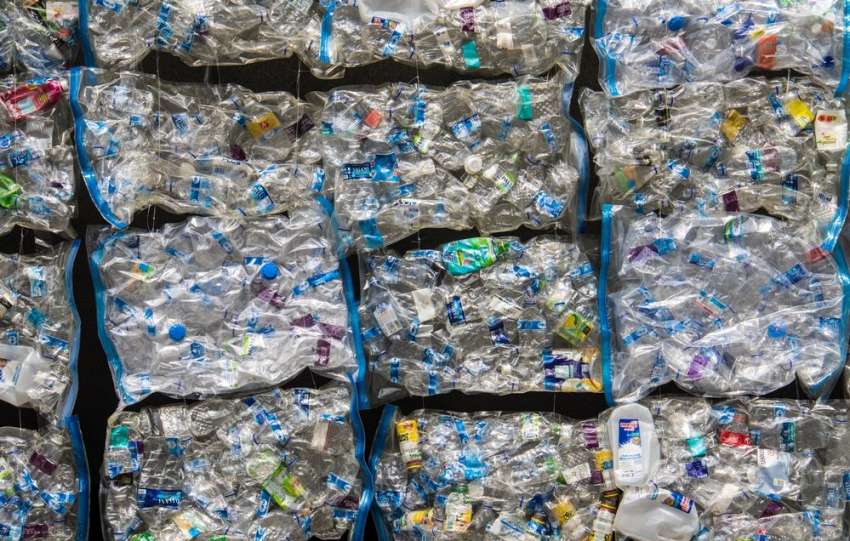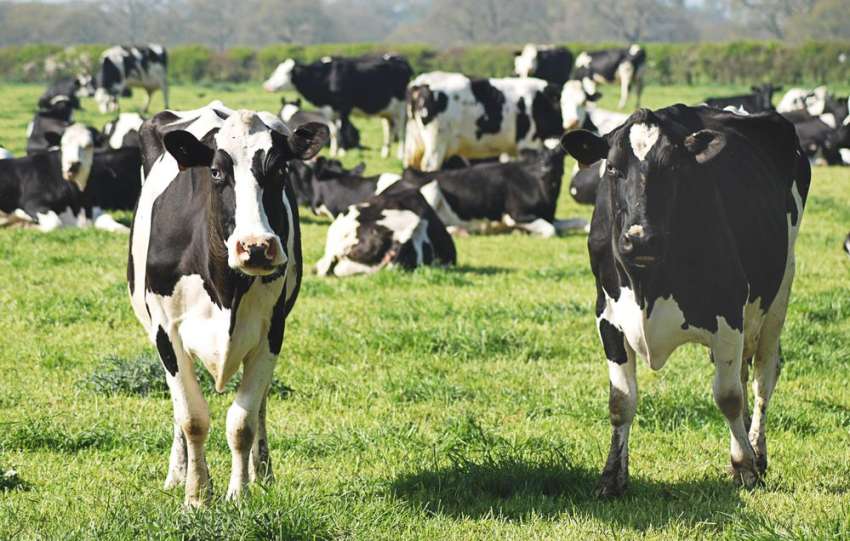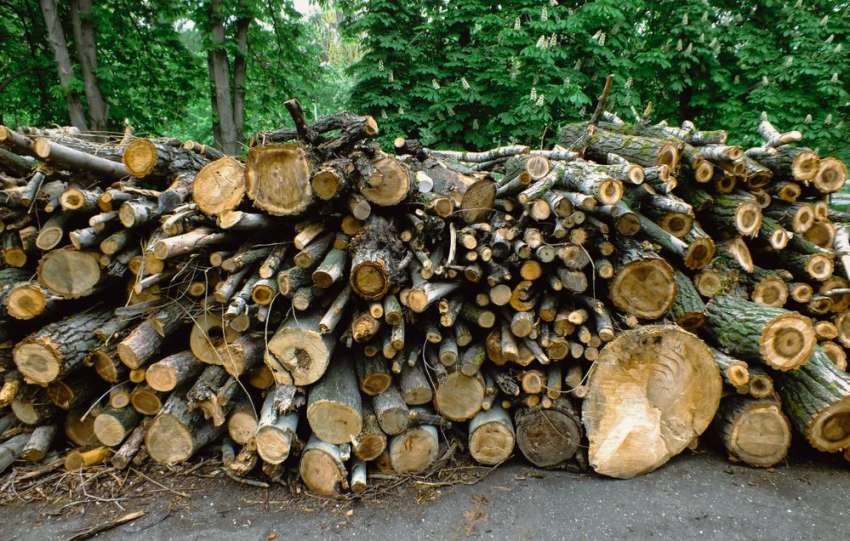Waste management refers to the ways we manage and dispose of waste. Typically operated by a local regulatory framework, it includes processes such as collection, transportation, dumping, recycling, or sewage treatment (source). However, improper waste management is the disposal of waste in a way that has negative consequences for the environment and human health. Examples…






